AMD announced a wide range of new CPUs at CES 2024, featuring both Zen 5 and Zen 4 cores. The lineup includes high-end desktop processors, AI-focused chips with enhanced GPUs, mobile processors for gaming notebooks, and even new chips designed for handheld gaming devices.
AMD unleashed a flood of CPUs at the annual CES super-conference this week in Las Vegas – chips that span the gamut from high-end desktop processors to those aimed at gaming notebooks, handhelds and, yes, so-called AI PCs. The new chips feature AMD 's XDNA 2 NPU as before, as well as the usual Zen 5 CPU cores. However, that's not to say the latest chips don't offer anything more in the AI department. In addition to the NPU, AMD 's top-specced Strix Halo components feature up to 40 RDNA 3.
5 GPU cores delivering a combined total of 126 TOPS. Much of that extra grunt presumably comes courtesy of the GPU. And while NPUs are closely associated with AI PCs, not all AI workloads are optimized to take advantage of them. While we're told it's possible to run LLMs on NPUs, the memory requirements associated with them means more often than not they end up running on the GPU. With a 256-bit bus feeding the beefier GPU, the top-specced Strix Halo parts should deliver 256GB/s of bandwidth, which in theory should enable them to run large language models, such as Llama 3.2 3B locally at speeds of over 100 tokens per sec. But while the new chips feature a more powerful GPU, they take a step back in memory capacity. Whereas Strix Point maxed out at 256GB of DDR5, Strix Halo only supports 128GB of LPDDR5x — no SODIMM support here — with 96GB directly accessible to the graphics pipeline. AMD will also offer its Strix Halo processors with so-called Pro features, such as fleet management, enterprise security, and cloud recovery services, when they hit the market later this quarter. Here's the line up:Alongside its Ryzen AI Max parts, AMD is also expanding its AI 300 family of products to include four lower-core count SKUs with and without AMD Pro features enabled:Among the more unusual SKUs announced at the annual consumer electronics showcase is the unassumingly named 9955HX3D, which sees the return of AMD's 3D V-cache packaging tech to the notebook arena. Looking at the spec sheet, the chip looks like just another Ryzen mobile processor, with 16 CPU cores, 32 hardware threads, and clock speeds that max out at 5.4 GHz. However, compared to the nearly identical 9955HX, the X3D version packs an additional 64MB of cache for a total of 144MB.with the Milan-X Eypcs and Ryzen 7 5800X3D in early 2022, and expands the processor's L3 cache using an auxiliary SRAM tile. For cache-sensitive applications, including gaming, this can have a big positive impact on performance. This isn't actually the first time that AMD has brought this tech to mobile either, having made its debut in notebooks with the launch of the 7945HX3D in mid 2023. In the case of the 9955HX3D, the part uses 3D packaging to stack the SRAM tile underneath the compute tile. According to AMD this helps to mitigate performance, clock, and temperature penalties observed with its first-gen implementation, which placed the SRAM on top of the compute dies. However, this being a high-end mobile part, it doesn't get that hot with a configurable TDP — presumably this will be set by the notebook maker — of 55 to 75W. AMD's X3D mobile chip launches alongside two new non-X3D parts including the the 9955HX, which as we mentioned earlier is essentially the same chip just without the SRAM tile, as well as the Ryzen 9 9850HX which features 12 CPU cores and 24 threads clocking to 5.2 GHz. All three come equipped with Radeon 610 graphics on board albeit with just two GPU cores; these chips are clearly aimed at machines with dedicated GPUs onboard.AMD fills out its X3D desktop line upin November, AMD's latest chips cram 144MB of cache on the 9950X3D, and 140MB on the 9990X3D parts, up from 80MB and 76MB, respectively, on its non-X3D siblings. And just like 9850HX3D mobile part we discussed earlier, the 16-core desktop chip doesn't suffer any frequency penalties clocking to the same 5.7GHz boost and 4.3GHz boost as the bog-standard 9950X launched this summer. The same can't be said of the lower spec Ryzen 9 part debuting this week. The 9900X3D tops out at 5.5GHz, a full 100MHz less than the regular old 9900X, though base clocks remain unchanged at 4.4GHz. Despite boasting double the L3 cache and nearly identical clock speeds, AMD's stated TDP remains unchanged at 170W and 120W for the 16-and 12-core parts respectively. Max operating temperatures, which have traditionally been lower on X3D parts are also unchanged at 95C.AMD hasn't given up on handheld gaming AMD has made a name for itself building custom SoCs for Microsoft XBox and Sony PlayStation lines, and most recently, Valve's Steam Deck. That last one has seen a wave of competitors arrive from the likes of Asus, MSI, and others, looking to get in on the handheld gaming market. Following the success of the SteamDeck, which features a custom Ryzen processor, AMD rolled out its Z-series of processors aimed at handheld gaming. This week, AMD unveiled a trio of Z2 chips which feature four to eight of AMD's Zen 5 CPU cores, 10-24MB of cache, and 12-16 RDNA graphics cores onboard.But while all three chips slide into the 15-30W TDP range (up to 35W on the Extreme), the GPUs can vary wildly based on the SKU. The base model Z2 Go features 12 RDNA 2 graphics cores on board. As a refresher, RDNA 2 made its debut in 2020. The standard Z2 packs the same number of cores, but steps up to AMD's more modern RDNA 3 tech. However, if you want AMD's latest mobile GPU architecture, you'll have to opt for the Z2 Extreme which packs 16 RDNA 3.5 cores. How big a difference this makes given the highly constrained power and thermals of a handheld device isn't clear, but it's still worth keeping in mind for those cross-shopping handheld consoles based on the chips when they arrive later this quarter.True to tradition, AMD's Zen 5 CPU cores may be the new hotness, but it hasn't given up on Zen 4 just yet. At CES this week, AMD recycled its now two-year-old cores into 11 new Ryzen 200 and Ryzen Pro 200 processors. The parts include chips with four, six, or eight cores with boost clocks ranging from 4.7GHz to 5.1GHz at the high end, and support for AMD's older 16 TOPS XDNA NPUs on select SKUs
AMD CES 2024 Cpus Zen 5 AI Handheld Gaming Desktop Processors Mobile Processors Gaming
United Kingdom Latest News, United Kingdom Headlines
Similar News:You can also read news stories similar to this one that we have collected from other news sources.
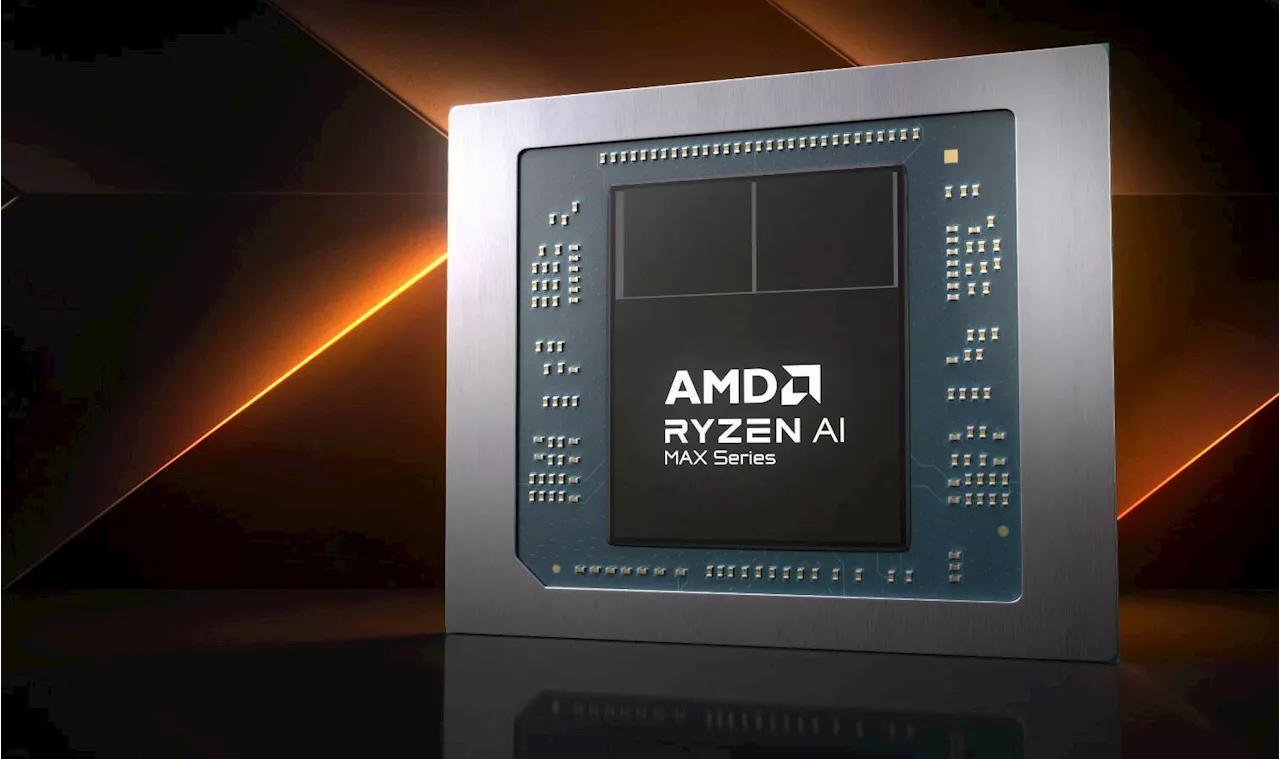 AMD Unveils New CPUs with AI Focus at CES 2023AMD's latest CPU lineup includes powerful processors designed for high-end computing, gaming laptops, handhelds, and AI workloads.
AMD Unveils New CPUs with AI Focus at CES 2023AMD's latest CPU lineup includes powerful processors designed for high-end computing, gaming laptops, handhelds, and AI workloads.
Read more »
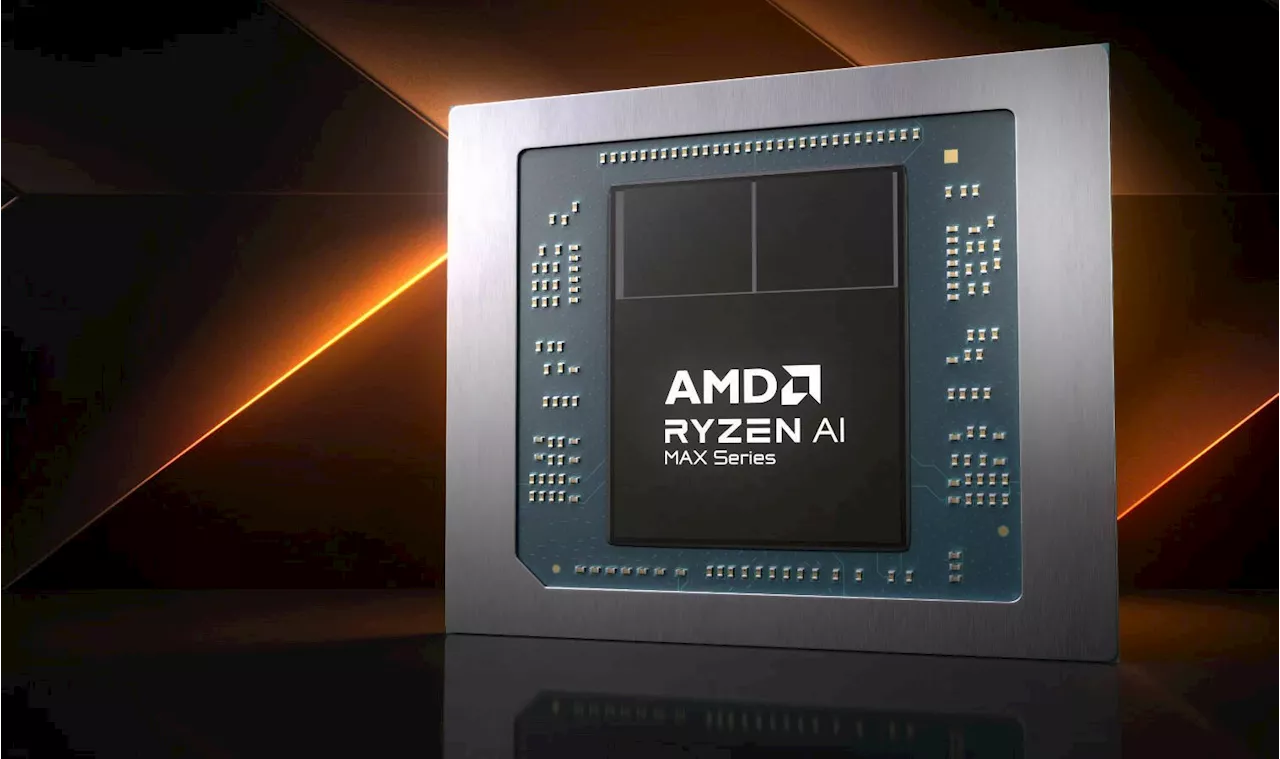 AMD Unveils Powerful Strix Halo CPUs with AI FocusAMD launched a new series of CPUs at CES 2023, focusing on AI capabilities. The Strix Halo processors feature powerful GPUs with up to 40 RDNA 3.5 cores for high performance in AI tasks. While retaining the XDNA 2 NPU, AMD highlights the GPU's contribution to AI workloads, especially for large language models. Despite a reduction in maximum memory capacity to 128GB of LPDDR5x, the Strix Halo parts boast a 256-bit memory bus for improved bandwidth. AMD will also offer Pro features for enterprise use cases.
AMD Unveils Powerful Strix Halo CPUs with AI FocusAMD launched a new series of CPUs at CES 2023, focusing on AI capabilities. The Strix Halo processors feature powerful GPUs with up to 40 RDNA 3.5 cores for high performance in AI tasks. While retaining the XDNA 2 NPU, AMD highlights the GPU's contribution to AI workloads, especially for large language models. Despite a reduction in maximum memory capacity to 128GB of LPDDR5x, the Strix Halo parts boast a 256-bit memory bus for improved bandwidth. AMD will also offer Pro features for enterprise use cases.
Read more »
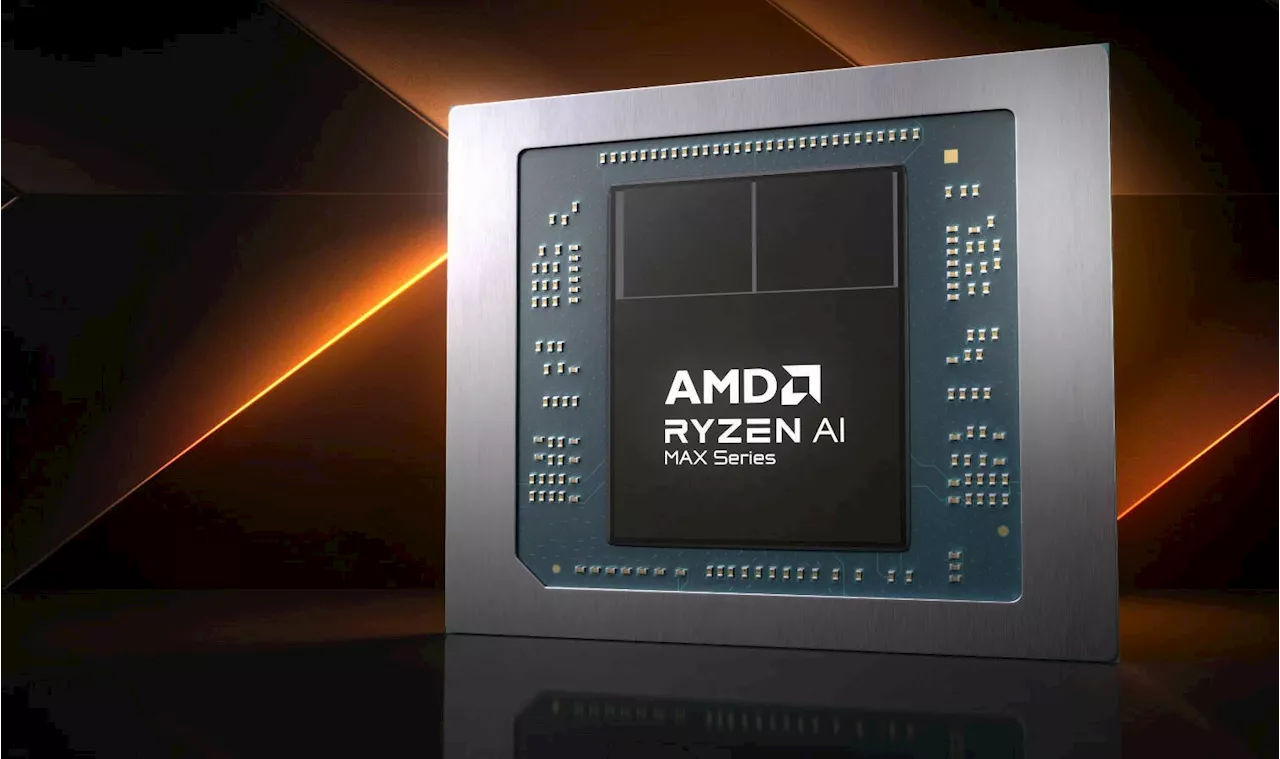 AMD Unveils New CPUs with AI Boost and 3D V-CacheAMD's CES announcements include a range of CPUs designed for various applications, particularly highlighting advancements in AI processing and the return of 3D V-cache technology.
AMD Unveils New CPUs with AI Boost and 3D V-CacheAMD's CES announcements include a range of CPUs designed for various applications, particularly highlighting advancements in AI processing and the return of 3D V-cache technology.
Read more »
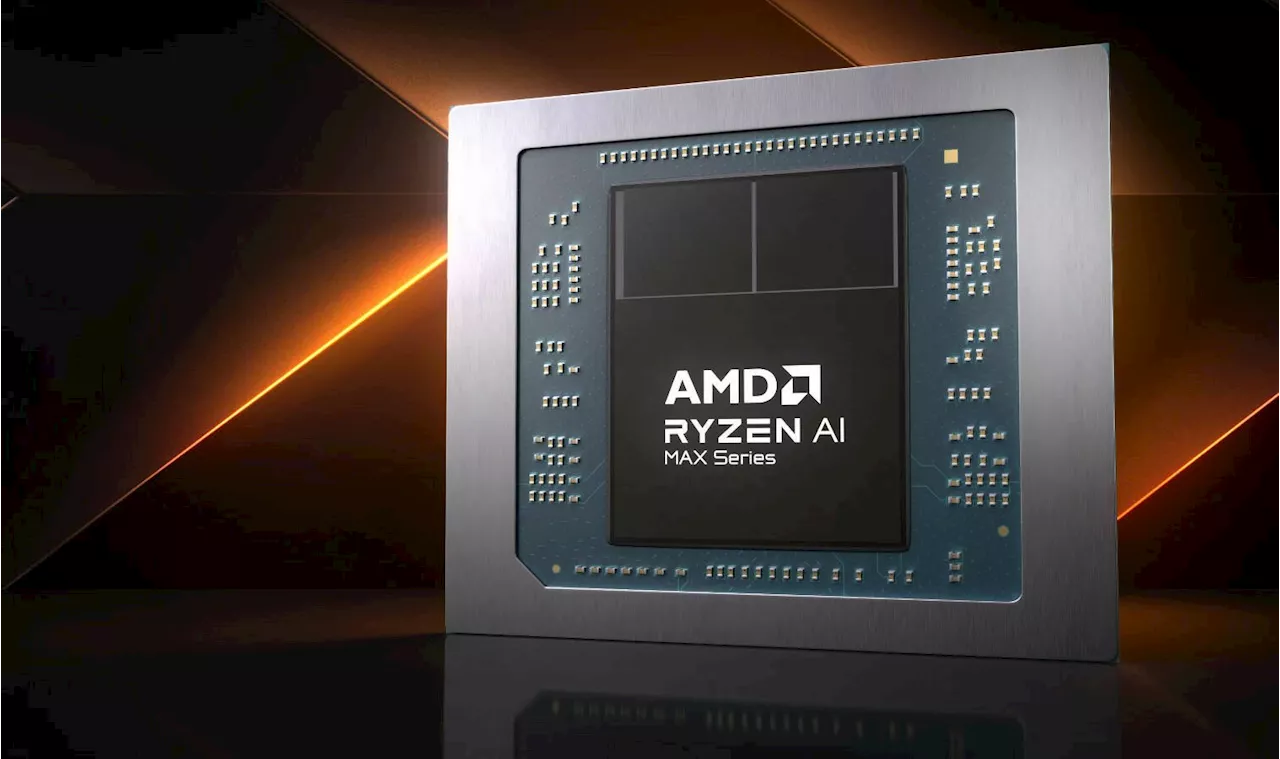 AMD Introduces New CPUs with AI Focus and 3D V-CacheAMD unveiled a range of new CPUs at CES, highlighting advancements in AI capabilities and the return of 3D V-cache technology to notebooks.
AMD Introduces New CPUs with AI Focus and 3D V-CacheAMD unveiled a range of new CPUs at CES, highlighting advancements in AI capabilities and the return of 3D V-cache technology to notebooks.
Read more »
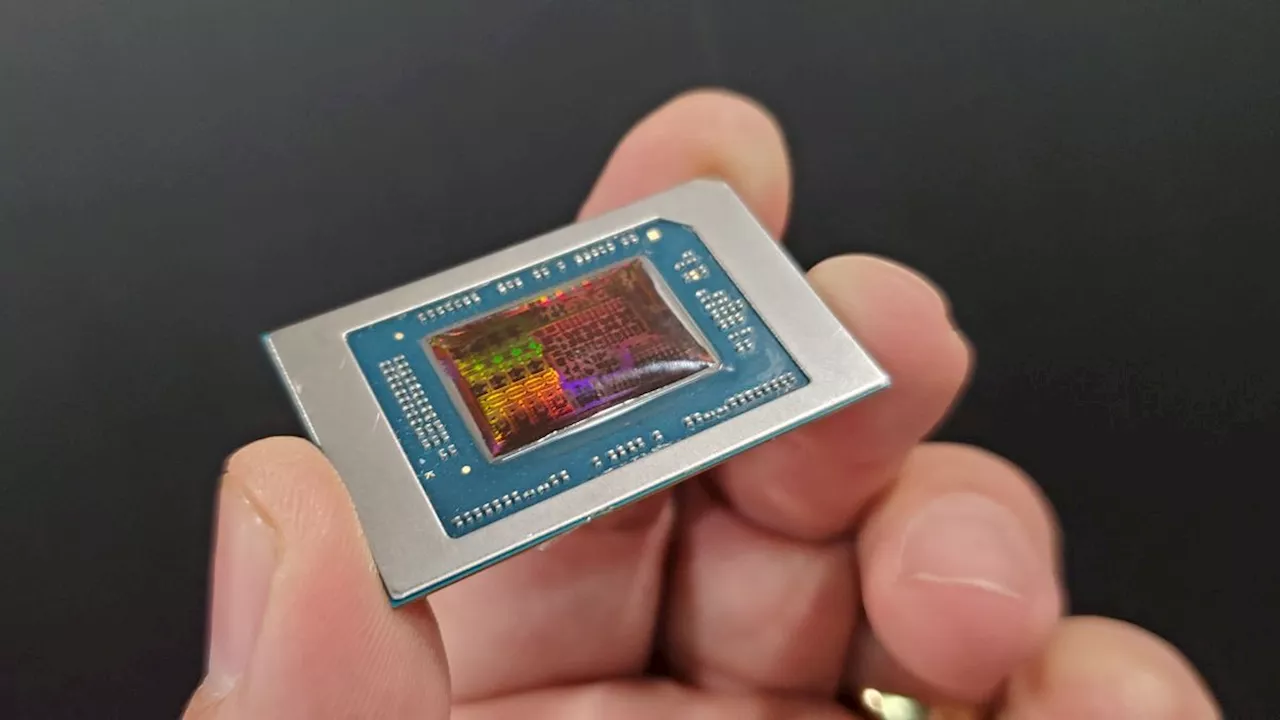 AMD Strix Point Halo Processors Announced: Zen 5, RDNA 3.5, and AI Max for LaptopsAMD has unveiled its Strix Point Halo mobile processors, featuring Zen 5 CPU cores, RDNA 3.5 integrated graphics, and an NPU. The lineup includes AI Max 385, 390, and 395 models, with varying levels of performance. These processors are targeted at the laptop market, particularly for creative and AI-intensive workloads, thanks to their unified coherent memory architecture and AI capabilities.
AMD Strix Point Halo Processors Announced: Zen 5, RDNA 3.5, and AI Max for LaptopsAMD has unveiled its Strix Point Halo mobile processors, featuring Zen 5 CPU cores, RDNA 3.5 integrated graphics, and an NPU. The lineup includes AI Max 385, 390, and 395 models, with varying levels of performance. These processors are targeted at the laptop market, particularly for creative and AI-intensive workloads, thanks to their unified coherent memory architecture and AI capabilities.
Read more »
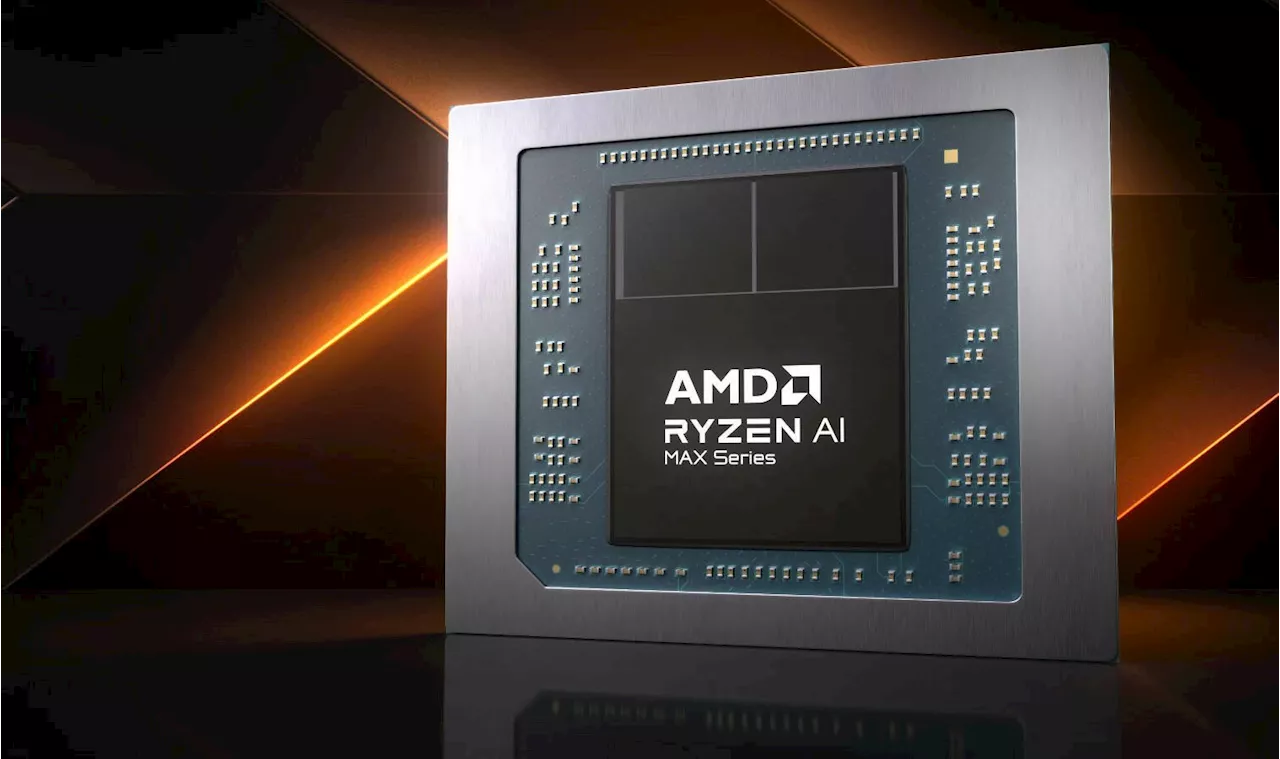 AMD Unleashes Ryzen AI Processors with Powerful GPUs for AI WorkloadsAMD introduced a new lineup of Ryzen AI processors at CES, featuring powerful GPUs designed to handle AI workloads. The top-spec Strix Halo components boast up to 40 RDNA 3.5 GPU cores, enabling them to deliver impressive performance for tasks like running large language models locally. While memory capacity is reduced compared to previous generations, AMD emphasizes the enhanced GPU capabilities for AI processing. The processors will also offer AMD Pro features for enterprise use cases.
AMD Unleashes Ryzen AI Processors with Powerful GPUs for AI WorkloadsAMD introduced a new lineup of Ryzen AI processors at CES, featuring powerful GPUs designed to handle AI workloads. The top-spec Strix Halo components boast up to 40 RDNA 3.5 GPU cores, enabling them to deliver impressive performance for tasks like running large language models locally. While memory capacity is reduced compared to previous generations, AMD emphasizes the enhanced GPU capabilities for AI processing. The processors will also offer AMD Pro features for enterprise use cases.
Read more »
